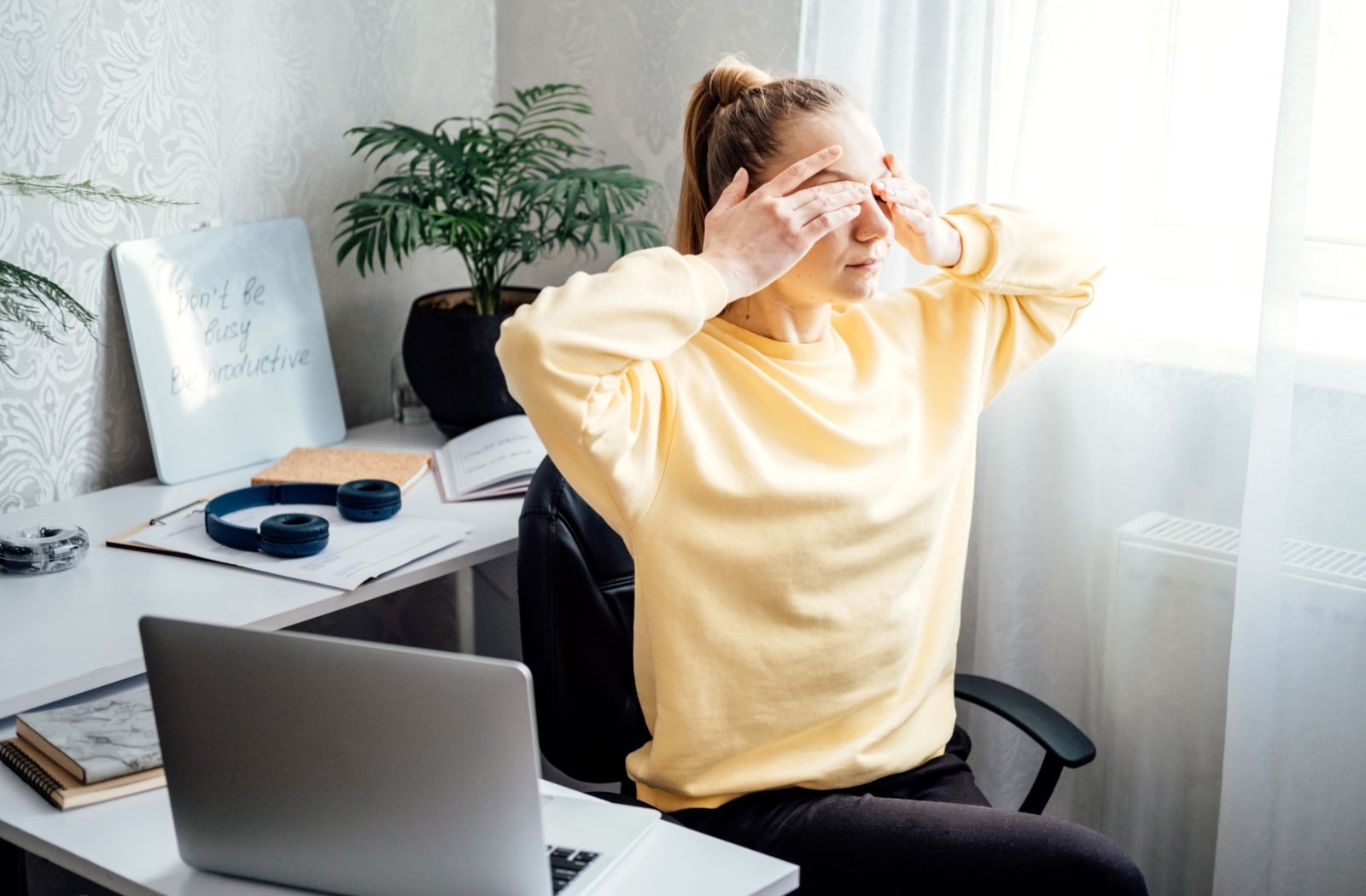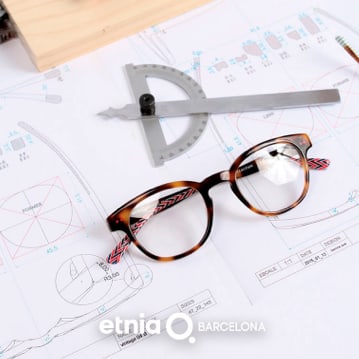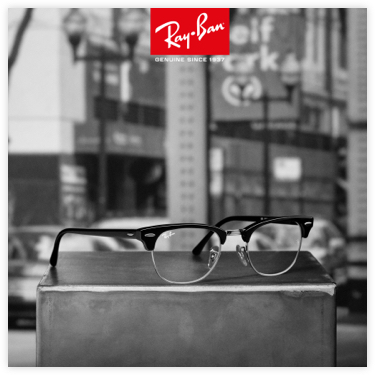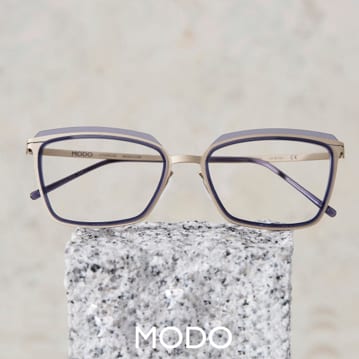Dry eye is a common condition that occurs when the eyes do not produce enough tears or the quality of tears is poor. It can happen to anyone, regardless of age and gender. This condition may cause discomfort, irritation, and even blurred vision.
Blurred vision is a common symptom associated with dry eyes. When the eye does not have enough moisture, it can lead to a disturbance in the visual pathway, resulting in blurred or distorted vision similar to that experienced with allergies. This may be temporary or chronic, depending on the severity of the dryness.
Causes of Dry Eyes
Various factors can contribute to dry eyes, such as:
- Aging: As we age, our body produces fewer tears. This can lead to dry eyes.
- Environmental factors: Dry and windy weather, air conditioning, and exposure to smoke or dust can cause the tears to evaporate more quickly, leading to dryness.
- Medical conditions: Certain medical conditions like diabetes, thyroid disorders, rheumatoid arthritis, and Sjögren’s syndrome can cause dry eyes.
- Medications: Some medications like antihistamines, decongestants, and antidepressants can reduce tear production and result in dry eyes.
- Hormonal changes: Changes in hormone levels during pregnancy or menopause can also contribute to dry eyes.
Effects of Dry Eyes on Vision
The most common effect of dry eyes is blurry vision. When the eye does not have enough moisture, it can cause the cornea to become irregularly shaped, leading to distorted or blurred vision. This can make everyday activities like reading and driving difficult.
Moreover, chronic dry eye can also damage the surface of the cornea, leading to an increased risk of eye infections and corneal ulcers. It can also cause inflammation in the eye, resulting in redness, irritation, and sensitivity to light.
Symptoms of Dry Eyes
Apart from blurred vision, other symptoms can indicate dry eyes, such as:
- Eye discomfort or pain
- A burning or stinging sensation in the eye
- Sensitivity to light
- Excessive tearing (as a response to dryness)
- Mucus in or around the eyes
- Feeling like there is something in the eye
If you experience any of these symptoms, it is important to consult an eye doctor for proper diagnosis and treatment.
Treatments for Dry Eyes
The treatment for dry eyes depends on the underlying cause and severity of the condition. Some common treatments include:
Prescription or Over-the-Counter Eye Drops
To alleviate your symptoms, your eye doctor may recommend over-the-counter eye drops (artificial tears) or prescribe medicated anti-inflammatory drops. For our dry eye patients, we specifically endorse Hylo Eye Drops and I-MED Pharma’s I-Drops. These products provide relief and lubrication to the eye, reducing discomfort and improving vision.
Omega-3 Supplements
Research has found that omega-3 fatty acids, such as those found in coldwater fish like salmon, cod, and tuna, may help preserve healthy vision. An omega-3 supplement such as NutraSea Omega-3s can be part of healthy eye nutrition.
Omega-3 fatty acids reduce inflammation in the body, including the eyes. Taking omega-3 supplements or consuming foods rich in these fatty acids (such as salmon, tuna, and flaxseed) can help decrease dry eye symptoms.
Therapeutic Masks
Regularly using a moist heat therapy mask can help to loosen and release meibomian glands and increase the quality of your tears. A therapeutic mask can also be combined with a lid hygiene program, including tea tree oil lid wipes or cleansers such as I-Lid’n Lash.
Heat applied to the eyelids can help unblock glands and loosen oils. One method of delivering this heat is through a therapeutic mask, such as Bruder’s Moist Heat Mask or I-Relief Hot Eye Compress. These masks provide continuous moist heat for up to 20 minutes, promoting better tear production.
Moisture Release Eyewear
For those who spend long hours in front of a screen or in dry environments, this innovative type of eyewear releases moisture throughout the day to relieve dry eye symptoms.
Eye Eco is one excellent provider of moisture-relief glasses we recommend. These glasses are made with special lenses that contain tiny channels filled with water or gel to keep the eyes moist and prevent evaporation.
Punctal Plugs
Punctal plugs, also known as lacrimal plugs, are tiny devices specifically crafted to be inserted into the tear ducts.
Once in place, they work to slow down the natural flow of tears from the eyes, thereby improving the retention of moisture and boosting overall comfort levels for the eyes. This innovative solution can greatly benefit individuals experiencing issues related to dry eyes or insufficient tear production.
Punctal plugs come in different materials such as silicone or collagen and can be temporary or permanent, depending on the individual’s specific needs.
Expert Dry Eye Therapy Solutions at Old South Optometry
Dry eyes can indeed lead to blurriness, significantly affecting one’s quality of life and daily activities. Fortunately, with treatments such as therapeutic masks, moisture-release eyewear, and punctual plugs, managing dry eye syndrome and its symptoms, including blurred vision, has become increasingly effective.
However, people with these symptoms should see an eye doctor to help them find the right treatments. This ensures relief from discomfort and a clear vision of the treatment path ahead.
At Old South Optometry, our team offers a range of solutions for dry eye syndrome. With our comprehensive eye exams and personalized care, we can help you find the relief you need for your dry eyes. Don’t hesitate to book an appointment today to experience a difference in your eye health and well-being.











